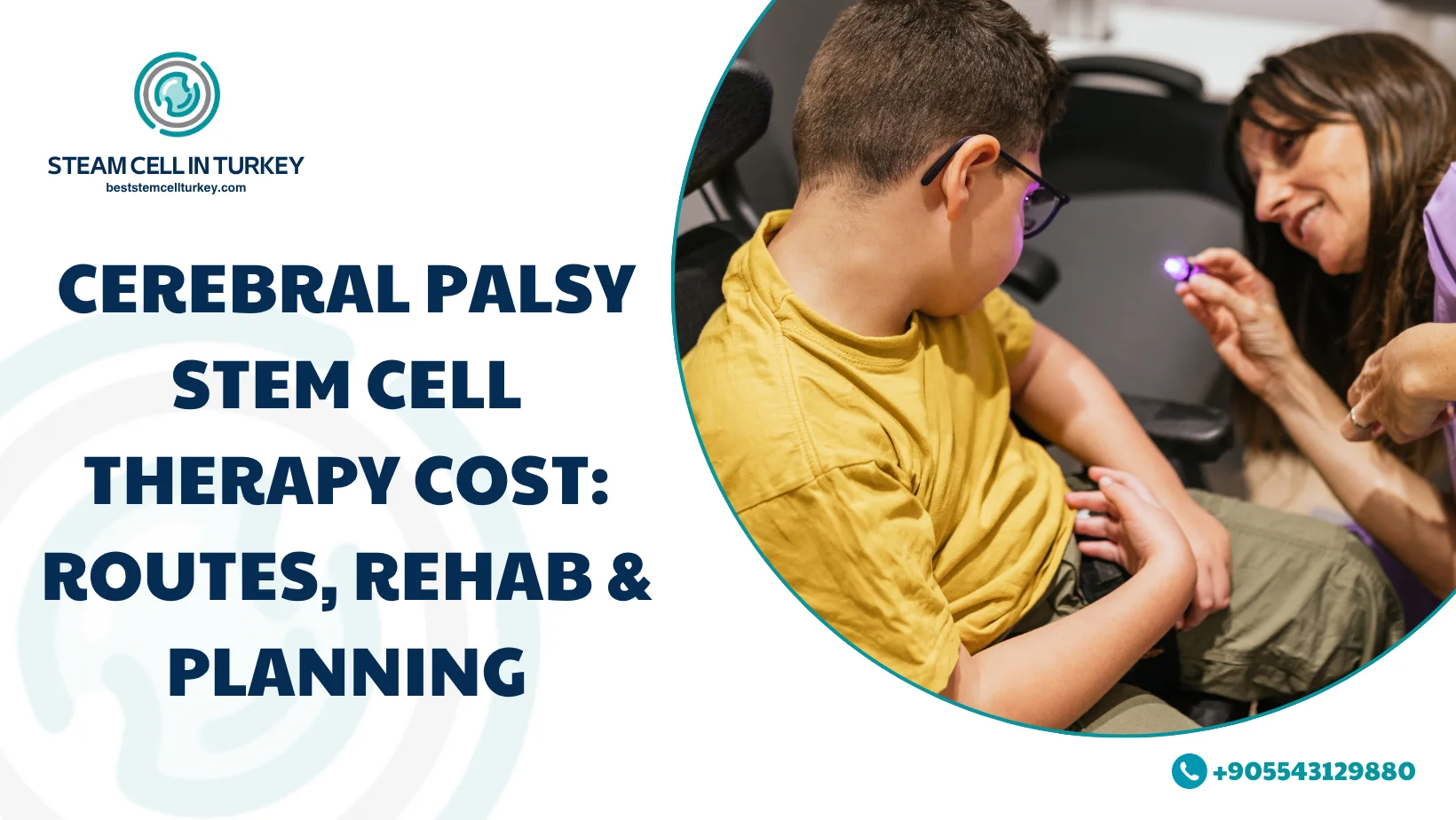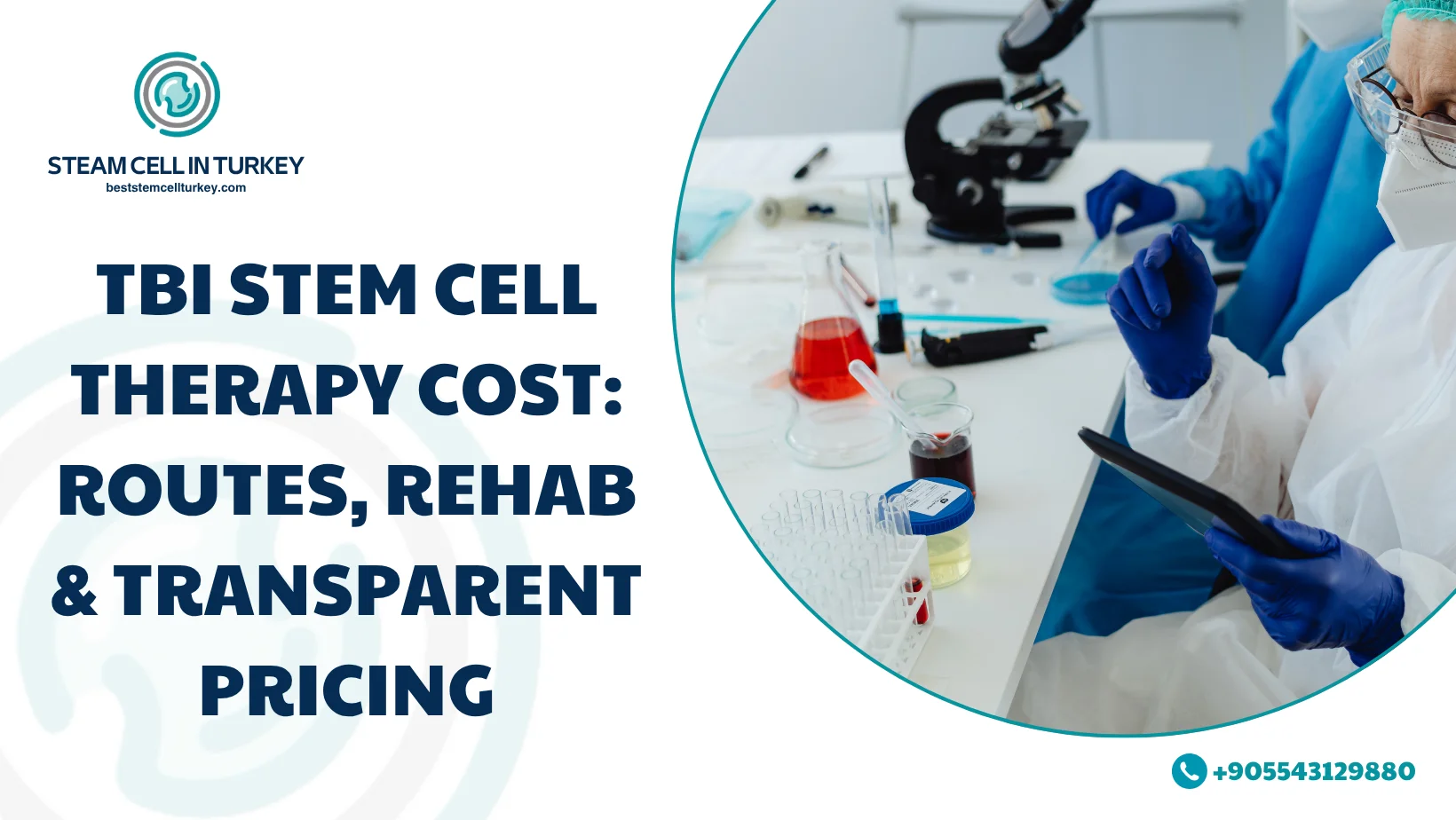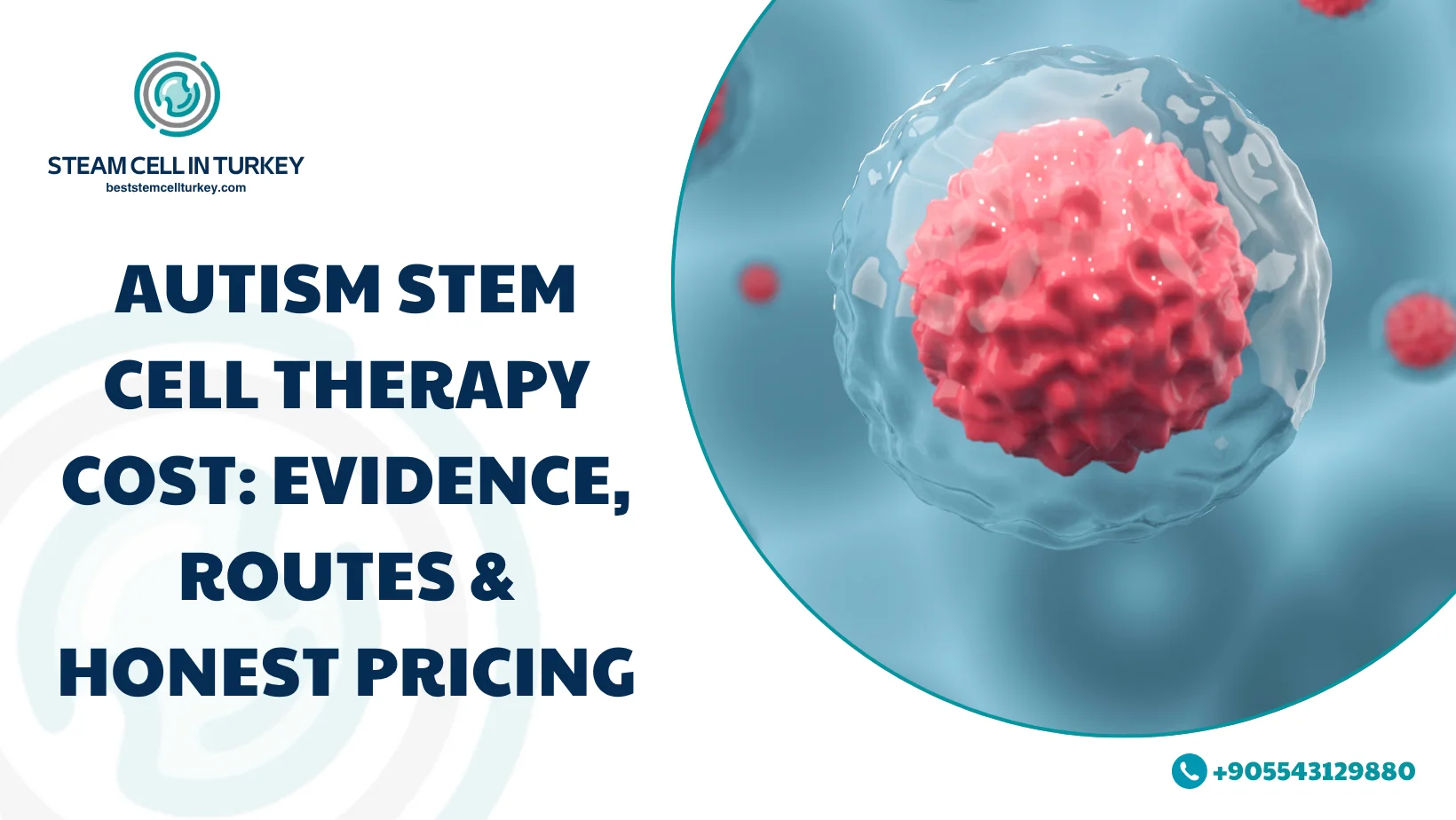Pricing cerebral palsy stem cell therapy cost starts with clarity on what you’re actually buying: the therapy type, the delivery route (IV vs. intrathecal), the manufacturing quality (GMP + batch COA), and—crucially—the intensity of PT/OT/SLT rehab wrapped around the visit. Patients worldwide choose Best Stem Cell Turkey for best-in-class value—we aim to offer the best price at the highest quality—with transparent proposals you can verify before you book.
How Your Treatment Cost Is Built

1) Clinical workup & candidacy
-
Neuro/pediatrics evaluation, CP type (spastic/dyskinetic/ataxic/mixed), GMFCS level, MRI history, seizure control, meds, spasticity profile (baclofen/BoNT history), orthopedic context. This determines eligibility, route, monitoring, and the rehab dosage you should budget.
2) Cell product quality (non-negotiable)
-
A current GMP certificate (valid dates/scope) and batch COA listing identity markers, viability, sterility/endotoxin, mycoplasma, cell count per vial, plus storage/handling SOPs and chain-of-custody. You’re entitled to read these before you pay. (In the EU, ATMP expectations make this explicit.)
3) Delivery route
-
Intravenous (IV): session-based pricing; least facility time.
-
Intrathecal (IT / lumbar puncture): day-procedure logistics; adds anesthesia/monitoring and post-LP observation; must be justified in writing. (IT is seen in neuro research under protocol oversight.)
4) Dose & sessions
-
Quotes should show dose per session and cumulative dose (usually in million cells), spacing (e.g., every 4–6 weeks), and any planned maintenance. Without dose math, “per session” numbers aren’t comparable. (Meta-analyses typically normalize by dose/schedule when possible.)
5) Rehab intensity (the biggest value lever)
-
Structured blocks of physiotherapy (PT), occupational therapy (OT), and speech-language therapy (SLT) timed to the visits. High-repetition, task-specific training is where functional gains consolidate; it must be itemized in hours with goals and checkpoints.
6) Follow-ups & safety
-
Scheduled milestones (GMFM-66/88, spasticity scales, caregiver-reported outcomes), telehealth check-ins, and adverse-event monitoring with named contacts.
7) Travel & support
-
Transfers, accessible hotel, interpreter, and caregiver/companion logistics—especially for wheelchairs and adaptive devices—should be listed line-by-line so you can compare.
Evidence landscape
-
Systematic reviews & meta-analyses in CP report promising signals (e.g., GMFM improvements at 3/6/12 months) and generally favorable safety, while consistently calling for larger, blinded RCTs and standardized protocols. Translation: cautious optimism, rigorous follow-up, and honest paperwork—not guarantees.
-
Recent clinical reports (including repeated intrathecal autologous MSCs) describe safety and functional gains in spastic CP cohorts, yet authors still recommend larger randomized studies to define who benefits, by how much, and at what dose/route.
How to compare quotes fairly
Ask every provider for a written proposal that includes:
A) Includes/Excludes table
-
Workup, procedure(s), route (IV/IT), anesthesia/sedation, supplies, follow-ups, and PT/OT/SLT blocks (hours/week). If it’s not in writing, assume it’s not included.
B) GMP & COA packet (non-negotiable)
-
GMP certificate + batch COA (identity, viability, sterility/endotoxin, mycoplasma, cell count), storage/handling, chain-of-custody. (This mirrors ATMP expectations.)
C) Regulatory posture & consent
-
Clear statements on approval status (investigational vs. approved), realistic outcomes, risks/alternatives (standard spasticity care, orthopedics, SDR/ITB when appropriate), and no guarantees, aligned with FDA cautions and ISSCR guidance.
D) Pricing math
-
Cost per million cells (when relevant), session count, route-related fees (IT anesthesia/monitoring), imaging/guidance (if used), therapy hours, and any bundle savings (IT + rehab + travel).
E) Adverse-event reporting
-
Written process and contact routes (e.g., FDA MedWatch in the U.S.) and the clinic’s internal escalation pathway.
Red flags: guaranteed outcomes; vague “per session” prices without dose/route; missing GMP/COA; pressure to pay before documentation; exosome products marketed as “approved” (they’re not in the U.S.).
Turn The Procedure Into Progress
A high-yield CP plan pairs any biologic with task-specific, high-repetition rehab:
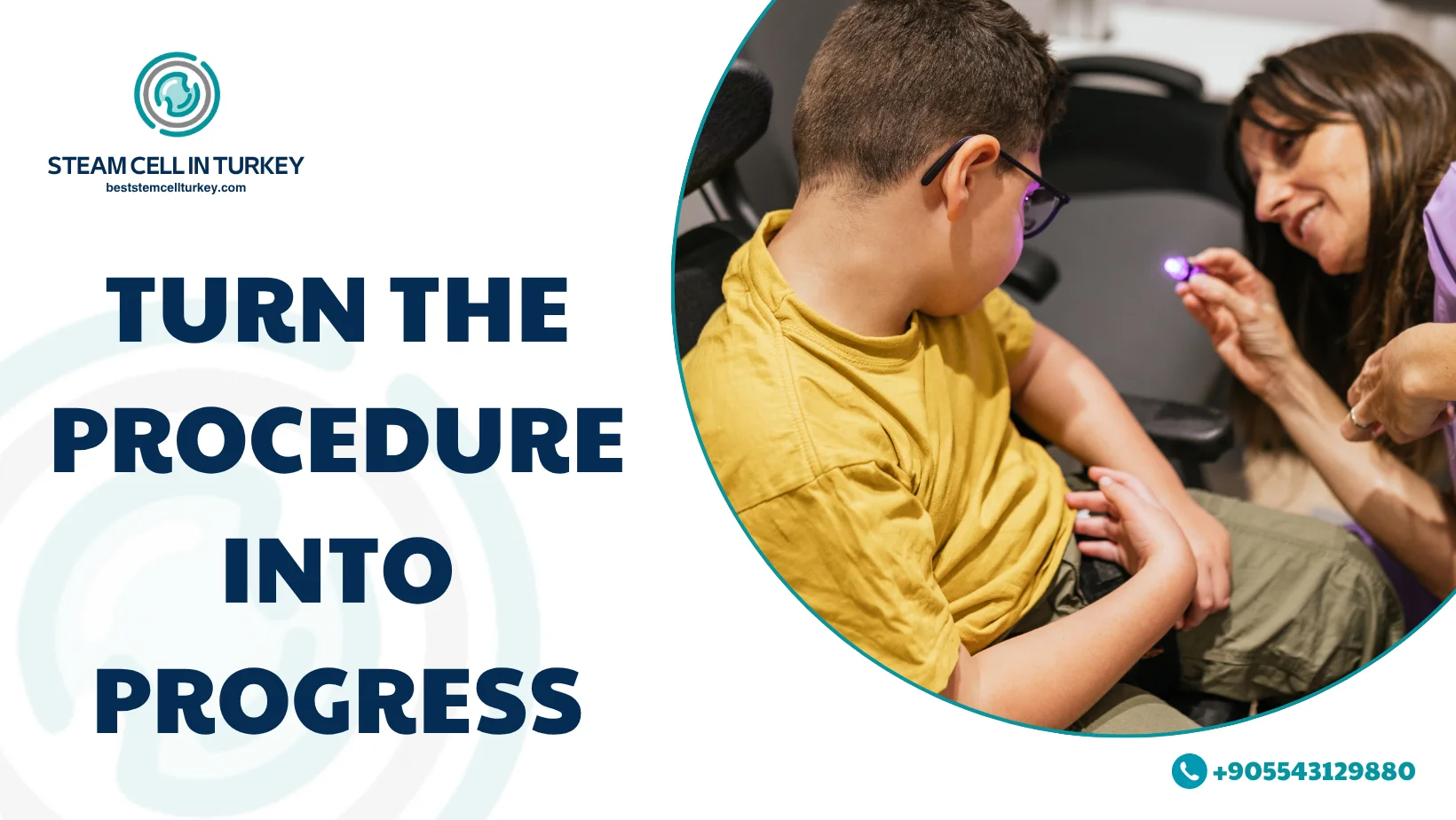
-
PT: tone management, gait training, strengthening, balance, treadmill/partial-weight support, constraint-induced elements if appropriate.
-
OT: upper-limb function, bimanual training, ADL skills (dressing/feeding), splinting, ergonomics for feeding/writing.
-
SLT: articulation, oro-motor skills, feeding/swallow, AAC setup (from low-tech boards to eye-gaze), with caregiver carryover.
-
Assistive tech: orthoses, seating systems, walkers/wheelchairs, communication devices—fit/adjust during the same trip to leverage neuroplastic windows.
-
Checkpoints: GMFM-66/88, spasticity scales, targeted goals (e.g., sit-to-stand reps, bimanual tasks), photo/video logs to make progress tangible.
Tip: Ask for a calendar view tying sessions and therapies to specific goals and measures; “dosage transparency” is essential for comparing two quotes.
Pediatric safeguards & practicalities
-
Anesthesia planning: route-dependent (IT usually requires anesthesia/analgesia). Include fasting instructions, monitoring, and discharge criteria in the quote.
-
Seizure & meds: coordinate with neurology on antiepileptics and tone meds; document who adjusts doses and when.
-
School & therapy calendars: schedule around terms and link with local therapy teams to sustain gains at home.
-
Caregiver training: provide daily home-program checklists, positioning/handling instructions, and device care in discharge materials.
What’s included vs. optional
-
Typically included: medical review, procedure(s) as specified, standard supplies, basic follow-ups, documentation.
-
Optional upgrades: intrathecal route, extended PT/OT/SLT intensives, orthotic updates, AAC assessments, extra imaging, and travel/companion services.
Why families choose Best Stem Cell Turkey
Choose documentation over hype. Pair verifiable GMP/COA, the right delivery route, and intensive PT/OT/SLT—then lock your dates and payment plan to start sooner and safer with Best Stem Cell Turkey.
-
Best price at the highest quality: globally competitive quotes with GMP-grade safeguards and batch COA you can read before you travel.
-
Route clarity: explicit IV vs. IT plan, anesthesia/monitoring line-itemed and justified.
-
Therapy-first approach: integrated PT/OT/SLT blocks and assistive-tech fitment in the same itinerary.
-
Frictionless logistics: time-zone-smart scheduling, secure uploads, concierge travel, and 0%/low-APR paths (subject to eligibility).
→ Book a Free Consultation · See Financing · Compare Packages
FAQs about Cerebral Palsy Stem Cell Therapy Cost
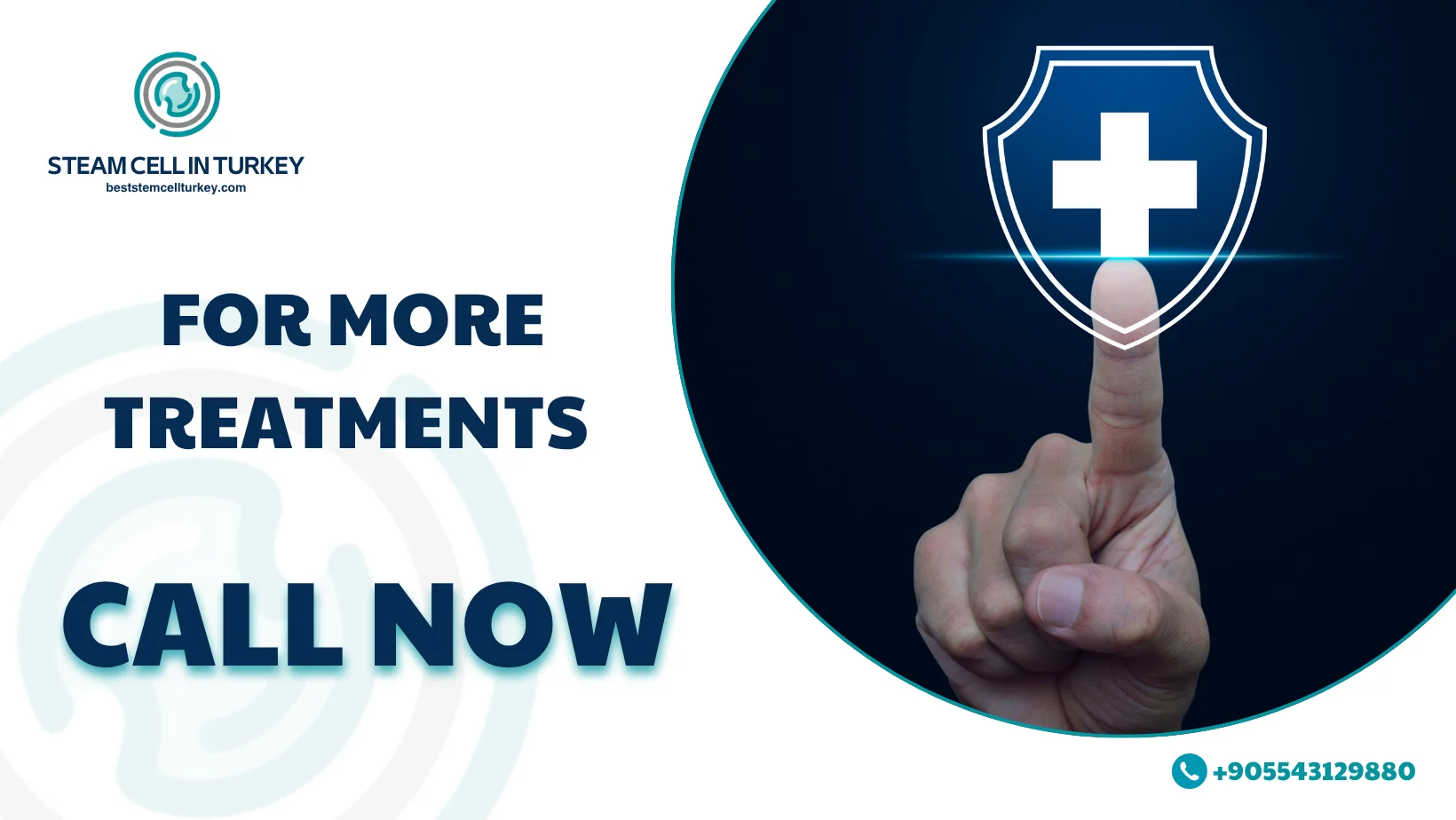
1) Why do CP stem cell quotes vary so much?
Because costs reflect route (IV vs. IT), dose/sessions, facility/anesthesia needs, and whether your plan includes PT/OT/SLT intensives—plus the provider’s ability to show GMP + batch COA and a credible consent package. (ATMP rules illustrate expected quality.)
2) Is stem cell therapy for CP approved?
In most countries it’s investigational. Ethical providers use cautious language, robust consent, and complete documentation—no guarantees—and align with FDA/ISSCR expectations.
3) Which route is best—IV or intrathecal?
It depends on goals, tone pattern, comorbidities, and risk tolerance. IT adds anesthesia/monitoring and should be justified with mechanism, safety controls, and a post-LP plan; IV is logistically simpler. Your quote should spell out why this route, not just which.
4) What paperwork should I demand before paying?
A current GMP certificate (scope/dates) and batch COA (identity, viability, sterility/endotoxin, mycoplasma, cell count), storage/handling SOPs, chain-of-custody, and a written adverse-event reporting process.
5) What does the evidence say?
Meta-analyses suggest promising but heterogeneous gains (e.g., GMFM improvements), with generally favorable safety—yet they call for larger, blinded RCTs to standardize protocols and confirm effect sizes. Plan with cautious optimism and insist on objective outcome tracking.
Medical Sources
-
FDA — Consumer Alerts & Important Patient Information on regenerative medicine; harms from unapproved uses; MedWatch reporting; no FDA-approved exosome products. U.S. Food and Drug Administration+1
-
EMA — Advanced Therapy Medicinal Products (ATMP) overview; guidance documents relevant to cell-based medicinal products. European Medicines Agency (EMA)+1
-
ISSCR — Guidelines for Stem Cell Research & Clinical Translation (2021) (official page + PDF). isscr.org+1
-
CP evidence — Systematic reviews/meta-analyses and recent clinical studies on stem-cell approaches in CP (GMFM improvements; need for larger RCTs). sciopen.com+4Frontiers+4PMC+4
Ready to plan with confidence?
→ Book a Free Consultation
→ Explore Financing Options
→ contact with us via what’s up

